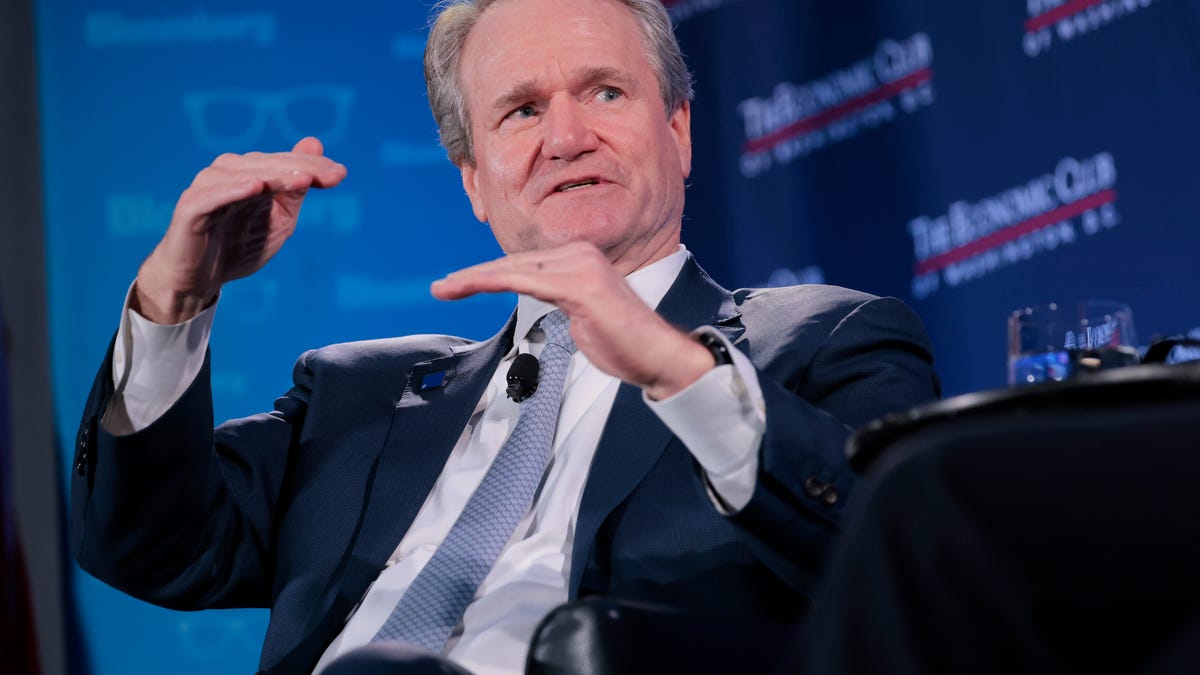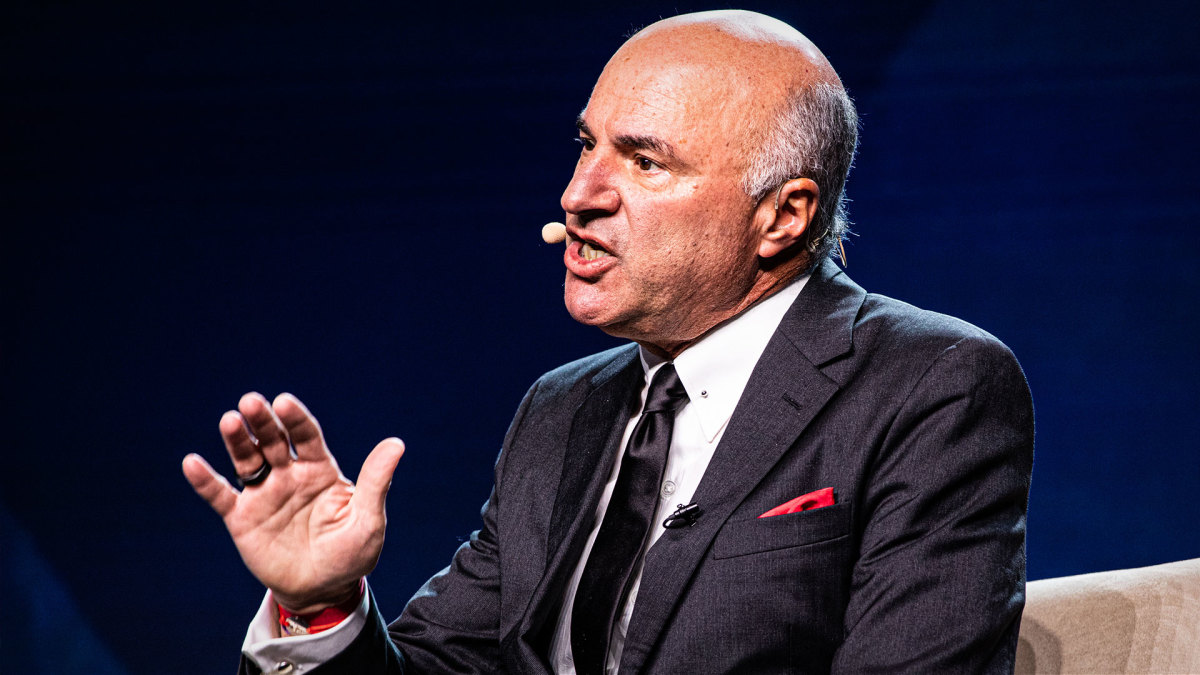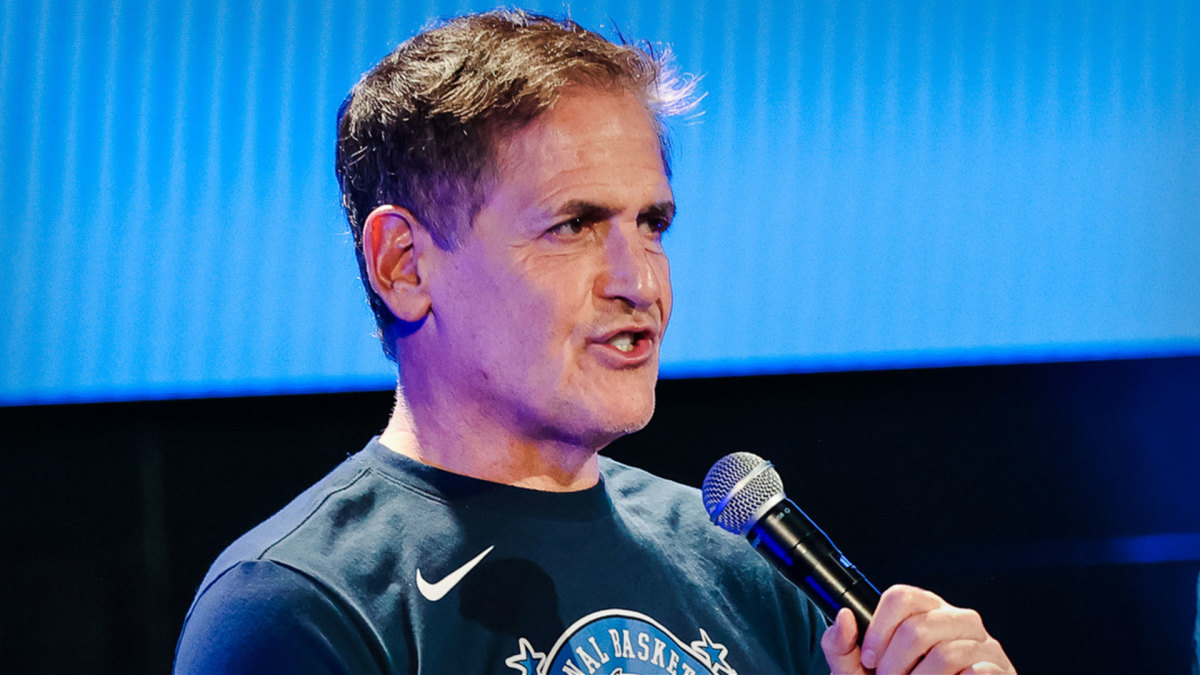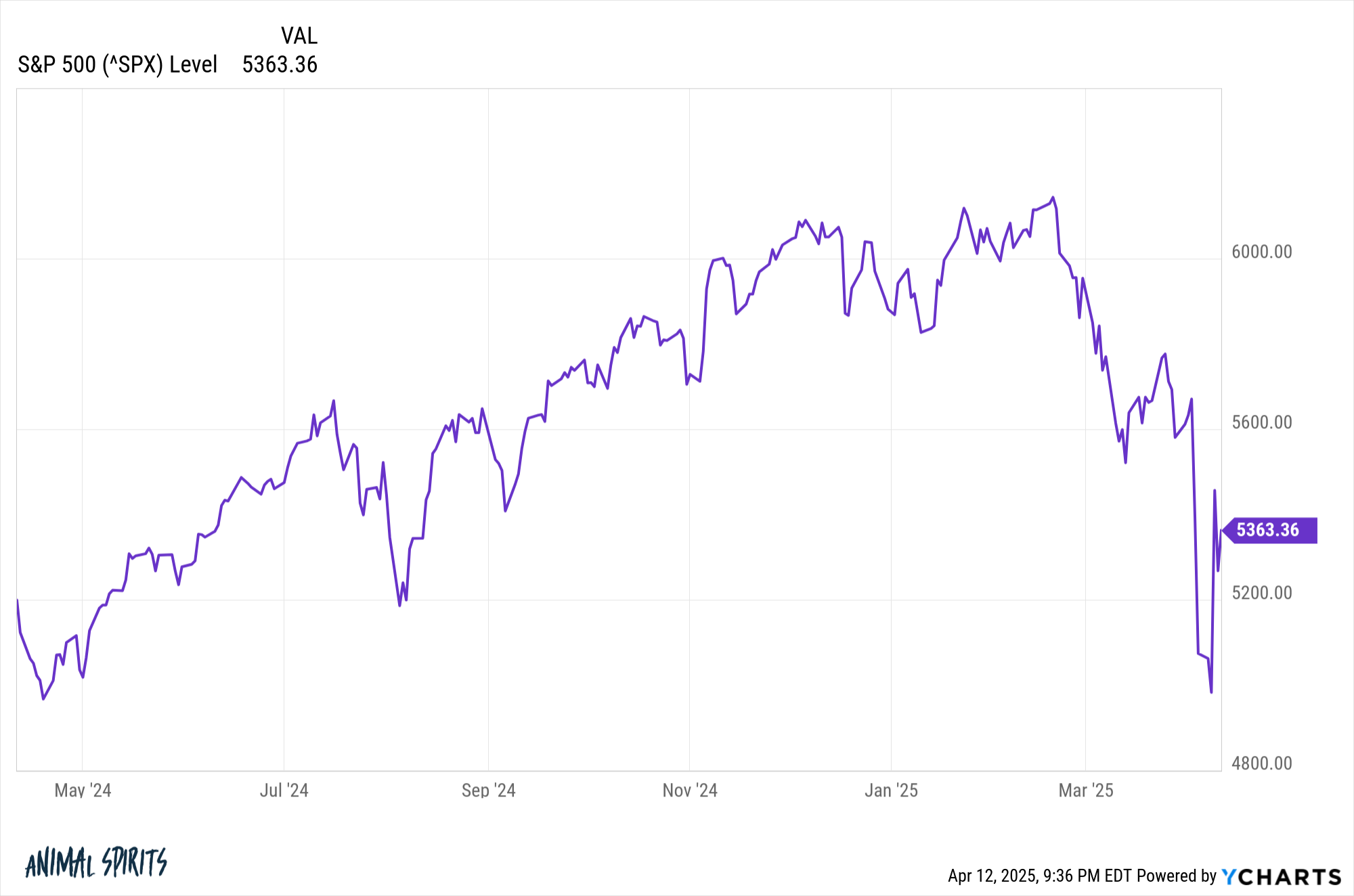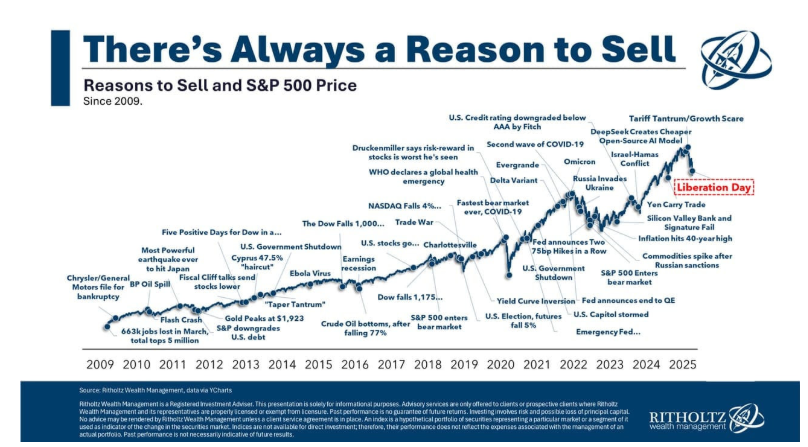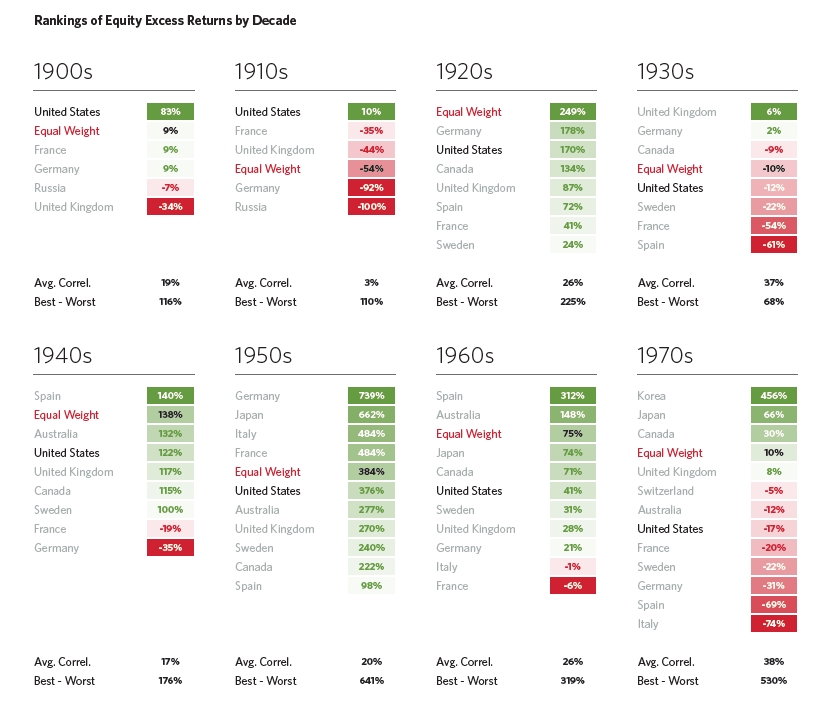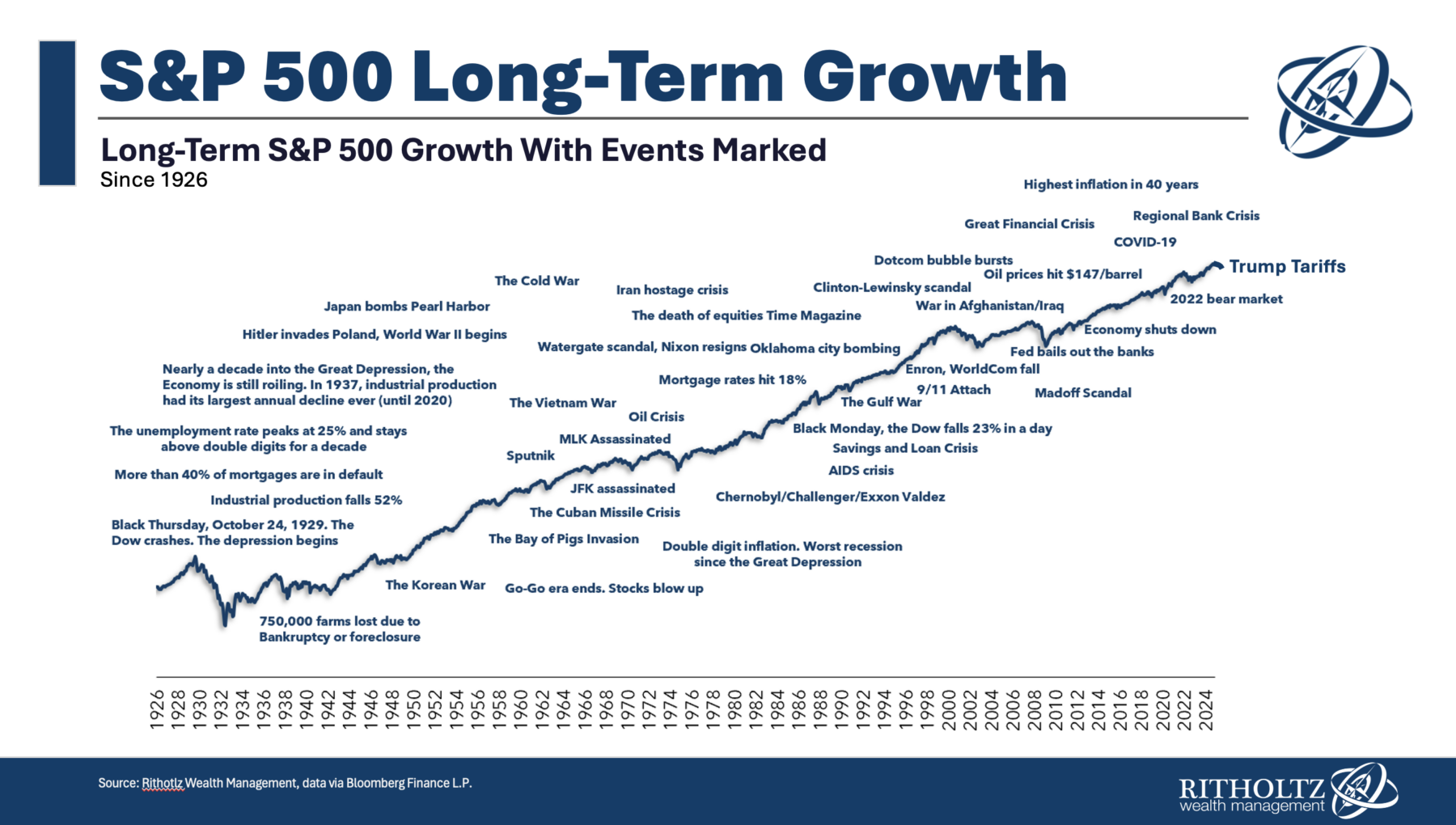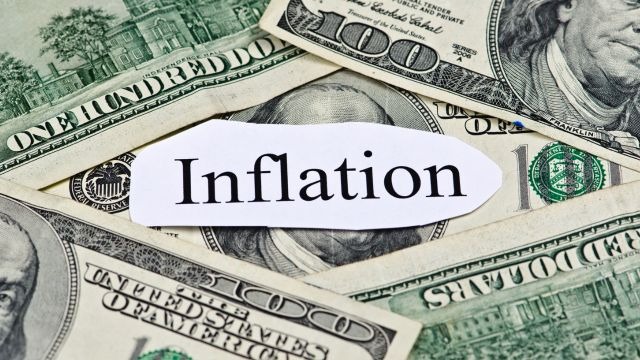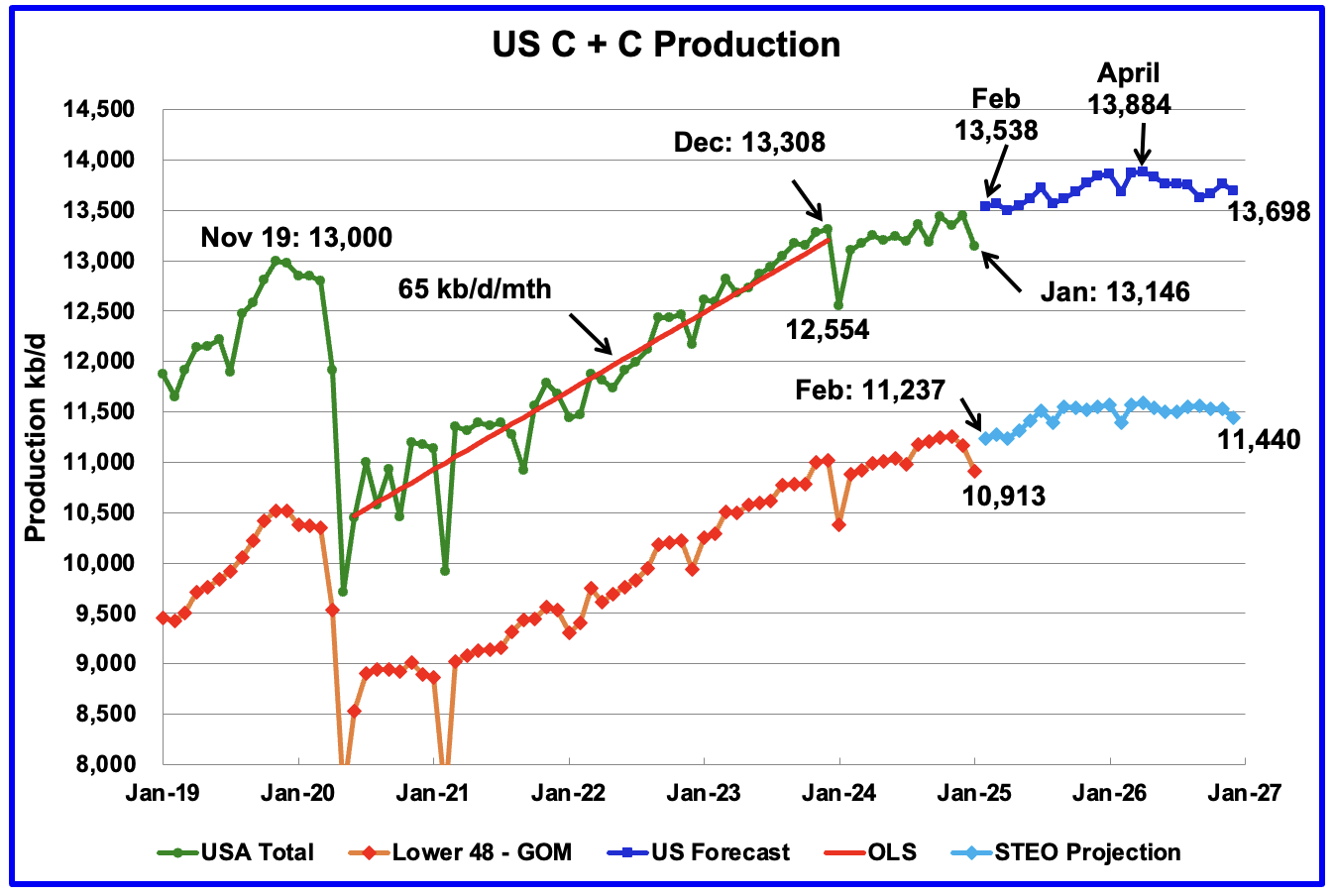54 Year Old Retiree With A $4 Million 401(K) Doesn’t Know What To Do
When you are 54 and you are retired with millions, you are in a position that’s different from where many Americans find themselves. The median 401(k) balance for someone in their 50s is just $250,900, according to Empower, so someone with $4 million in their 401(k) has quite a bit more money than most people. […] The post 54 Year Old Retiree With A $4 Million 401(K) Doesn’t Know What To Do appeared first on 24/7 Wall St..

Key Points
-
If you’re 54 with $4 million, you have more money than most people in your age range.
-
If you are retired, you will want to take steps to make sure your money lasts.
-
You should choose a safe withdrawal rate and make sure your assets are invested appropriately.
-
Are you ahead, or behind on retirement? SmartAsset’s free tool can match you with a financial advisor in minutes to help you answer that today. Each advisor has been carefully vetted, and must act in your best interests. Don’t waste another minute; get started by clicking here here.(Sponsor)
When you are 54 and you are retired with millions, you are in a position that’s different from where many Americans find themselves. The median 401(k) balance for someone in their 50s is just $250,900, according to Empower, so someone with $4 million in their 401(k) has quite a bit more money than most people. Most people also don’t retire so young, so a 54-year-old retiree has a lot more time for his savings to support him.
Having a good amount of money like this is a privilege, but it is also a responsibility — especially since a 401(k) account holder with a big nest egg would need to try to make this money last throughout retirement. It’s understandable that someone with such a large account would be confused about what to do next. Fortunately, there are a few simple tips that can make managing the money easy.
Here’s what to do if you have a big 401(k) balance, you’ve retired and you aren’t sure what to do.
Decide on your withdrawal rate
One of the key things that you need to do first is to decide on your withdrawal rate. That’s the rate at which you take money out of your investment accounts.
You must maintain a safe withdrawal rate to avoid the risk of draining your accounts and not having the money you need to live on. While it may seem difficult to empty your accounts with $4 million, the money can go faster than you think when you are living off it — especially since at 54 you aren’t eligible for Social Security yet so may rely only on your savings for a while.
Experts recommend a 3.7% withdrawal rate, which is a reasonable number given that you will need to make your money last a long time since you are retired so young. A 3.7% withdrawal rate means in your first year of retirement, you take 3.7% out of your investment accounts and then each year you adjust your withdrawal amounts based on inflation. So, you would have around $148,000 per year to live off.
Figure out where your money is coming from
The next thing to do is to figure out exactly what accounts you are going to pull from to support yourself, and in what order. Since you are only 54, you aren’t going to be able to access your tax-advantaged accounts like your 401(k) or IRA yet. You hopefully have at least some of your $4 million in your brokerage account to live on until you reach 59 1/2 and can withdraw money penalty-free.
Once you’ve reached the age when you can start withdrawing funds you’ll need to decide on a strategy.
Some people prefer to use up their taxable brokerage account first so they can allow their money to continue to grow tax-free in their 401(k) and IRA accounts. Plus, if you’re withdrawing money from the taxable accounts before you start getting Social Security or taking money out of your 401(k), you may be in a lower tax bracket and can benefit from a very affordable capital gains tax rate — as long as you’ve held your investments for at least a year so you qualify for the long-term capital gains tax rate.
However, others prefer to start taking at least some money out of 401(k)s and other accounts that come with Required Minimum Distributions. Otherwise, you would need to start taking larger withdrawals once RMDs begin, which could possibly push you into a higher tax bracket.
Deciding on your sequence of withdrawals can be pretty confusing since there are several different strategies, each of which has merit. It may be a good idea to talk with a financial advisor to formulate a plan, especially if you have lots of potential accounts including traditional and Roth 401(k) and IRAs.
Set your retirement budget
It’s critical that you don’t overspend as a retiree because you risk ending up with no money later in life when you’re more likely to need expensive healthcare costs — and when working to make up for shortfalls would be difficult or impossible.
To avoid draining your accounts too fast, base your budget on your safe withdrawal rate. In other words with $4 million, you would need to make certain that you are keeping your spending below the $148,000 that your nest egg could provide for you at the safe 3.7% rate.
When you make your budget, don’t forget about the essentials. You must have health insurance for example, which could be very expensive at the age of 54 when you don’t yet qualify for Medicare and you don’t have an employer providing subsidies to help ensure you can pay your premiums.
If you don’t have emergency savings or accounts to save up for big purchases or likely future expenses, such as vehicle or home repairs, you should be saving up for these costs as well so you don’t have to raid your 401(k) just because the air conditioner breaks.
Make sure you have the right asset allocation
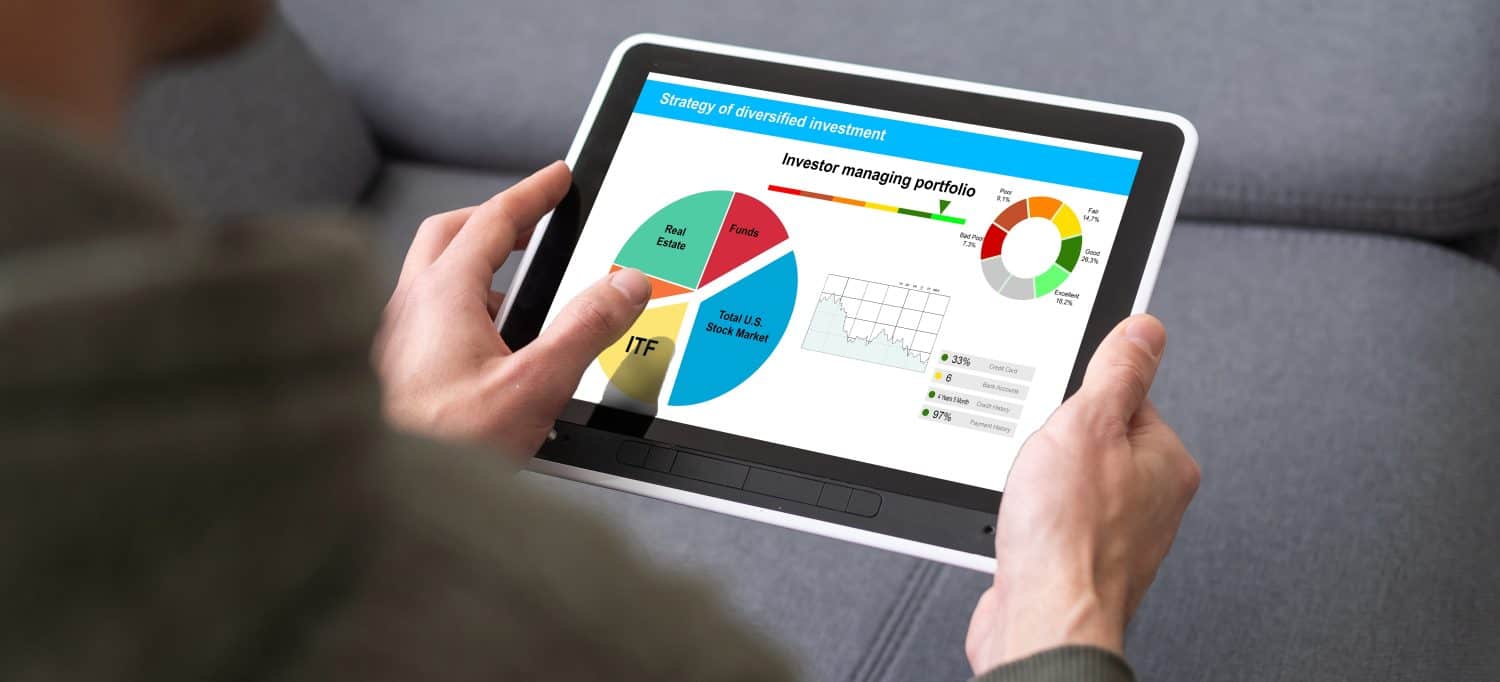
Finally, you are going to want to make sure you have the right asset allocation. You don’t want to be too heavily invested in equities and take on too much risk now that you are drawing down your retirement accounts. It’s not ideal to have all your money in stocks because if a downturn happens, you might have to make withdrawals at a bad time to support yourself and would end up locking in losses.
A good rule of thumb is to subtract your age from 110 and put that percentage of your portfolio in equities. So at age 54, you’d want 56% of your portfolio in the market. However, since this is just a blanket rule, it could be beneficial to talk with your financial advisor about how to distribute your assets.
By being strategic about how much you withdraw, what accounts you use, what you’re invested in, and how much you can spend, you can ensure that your $4 million provides a comfortable retirement. It’s a good position to be in, as long as you keep making smart money moves.
The post 54 Year Old Retiree With A $4 Million 401(K) Doesn’t Know What To Do appeared first on 24/7 Wall St..
























